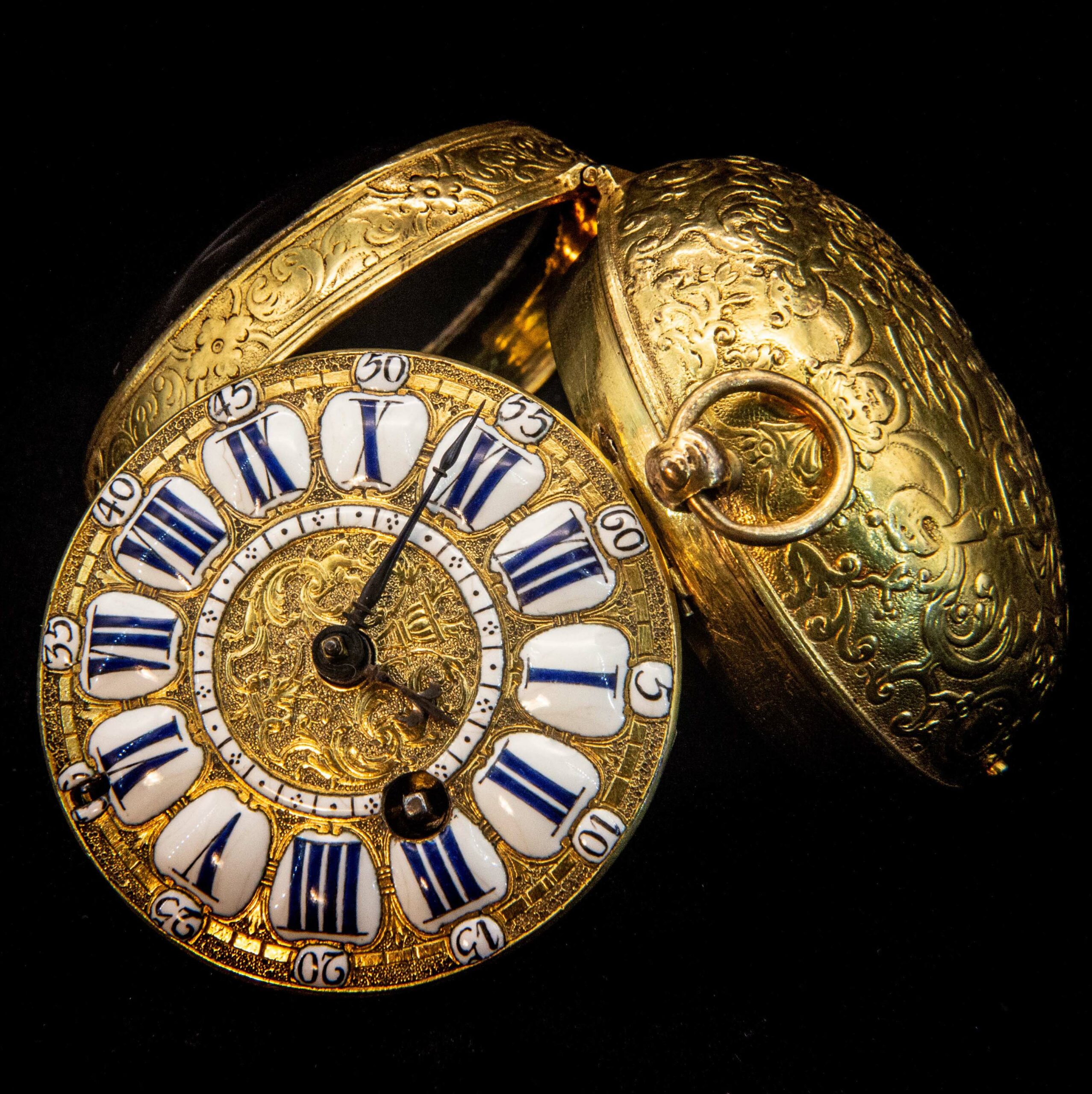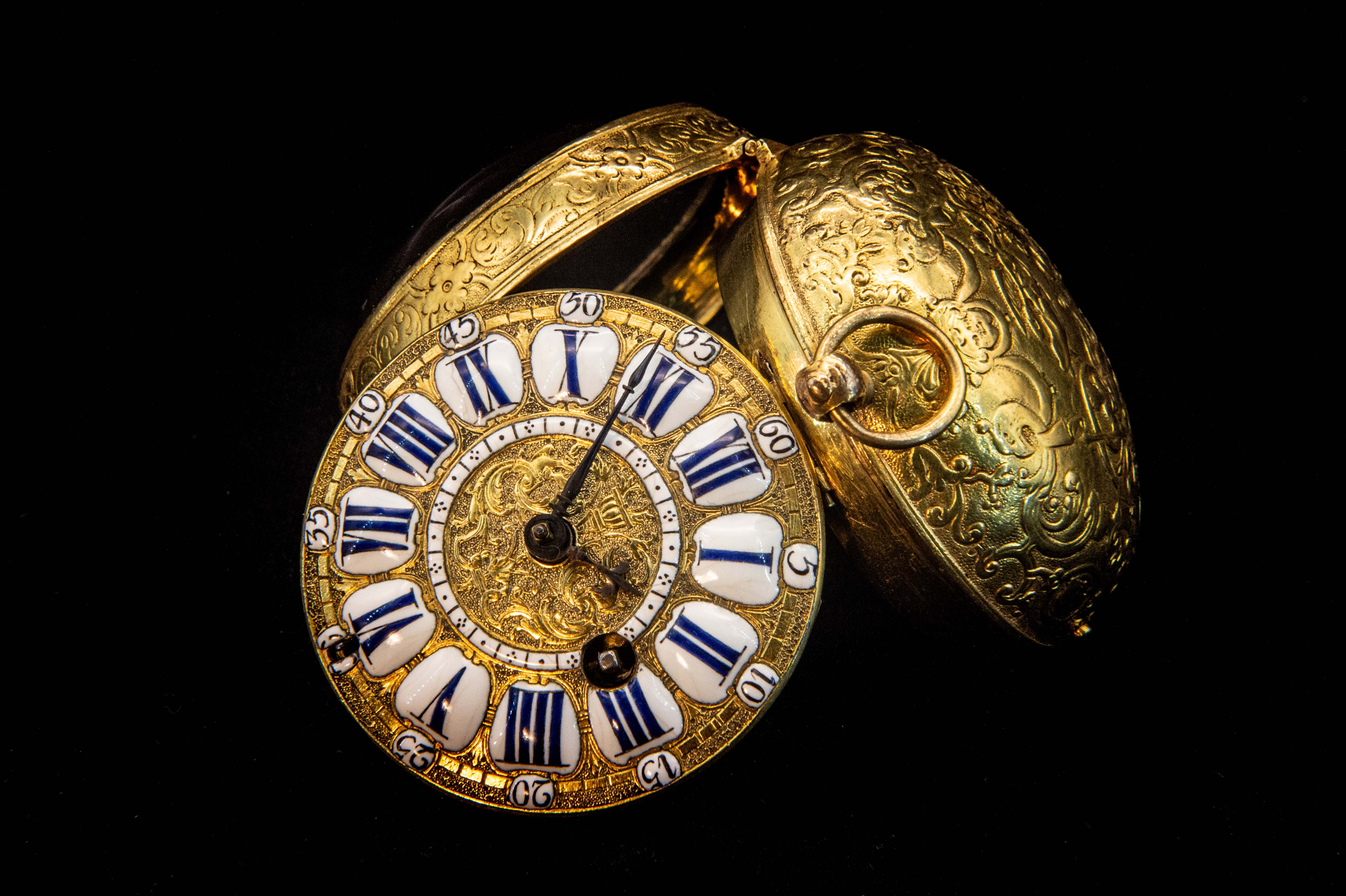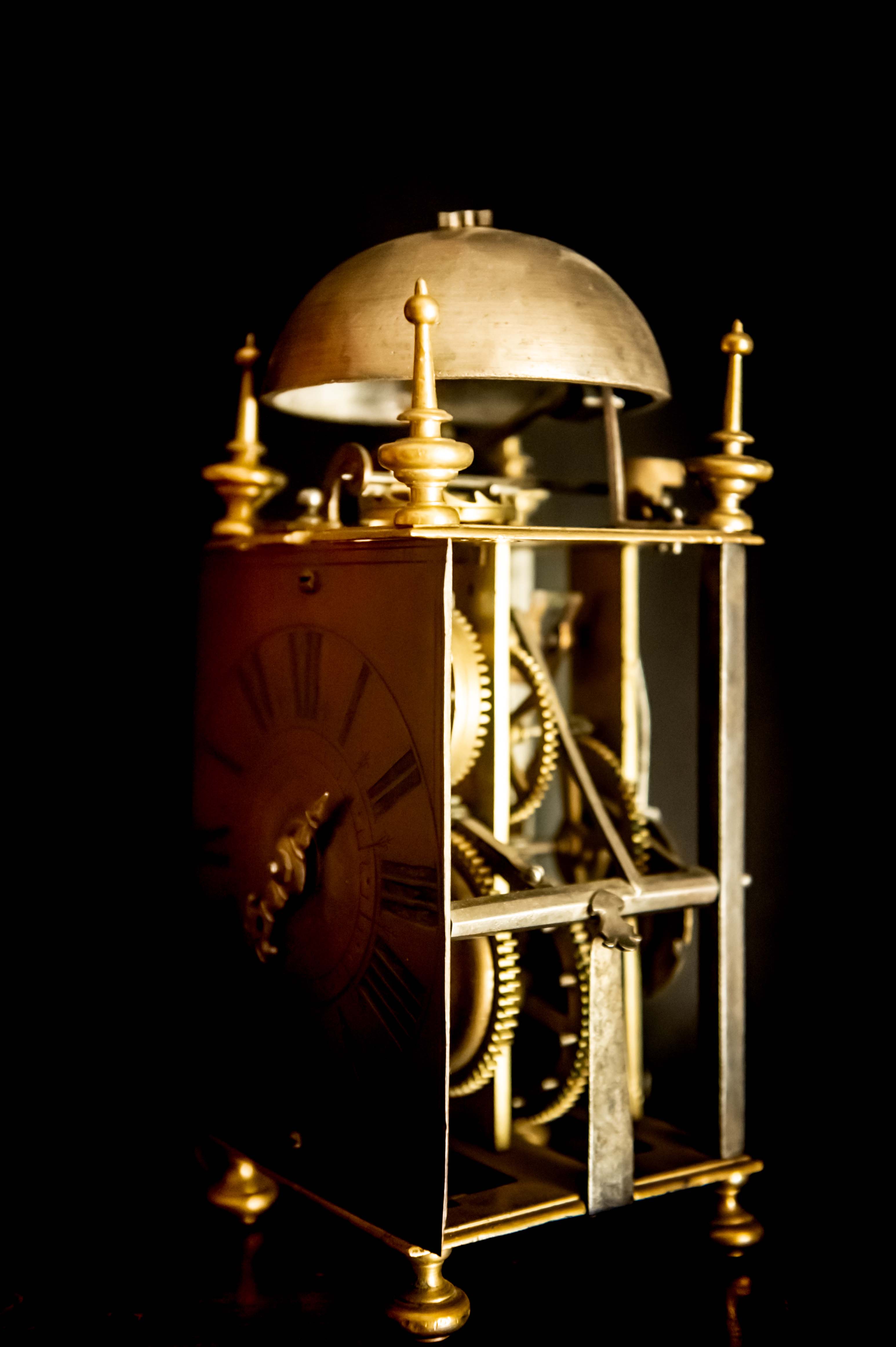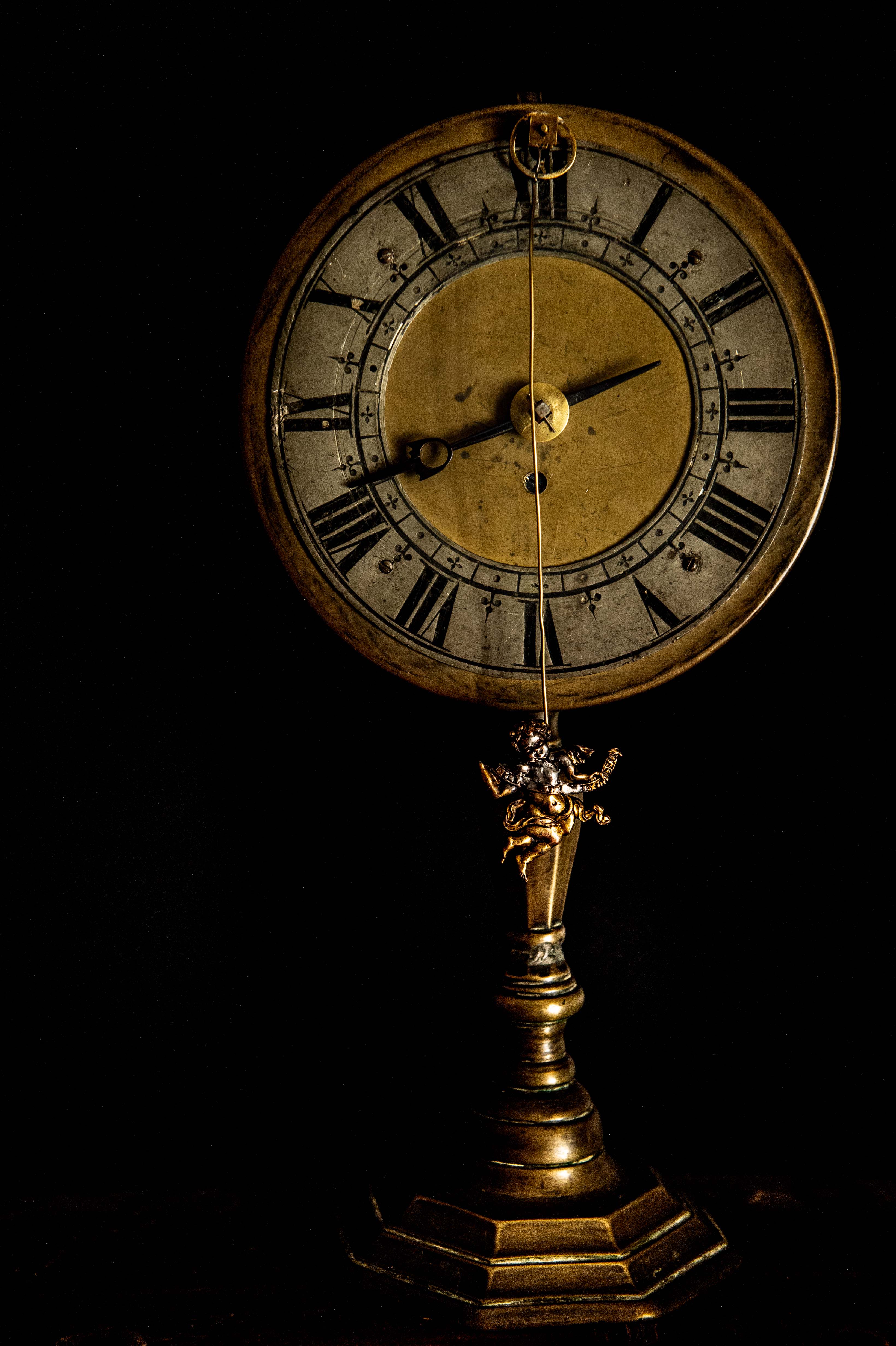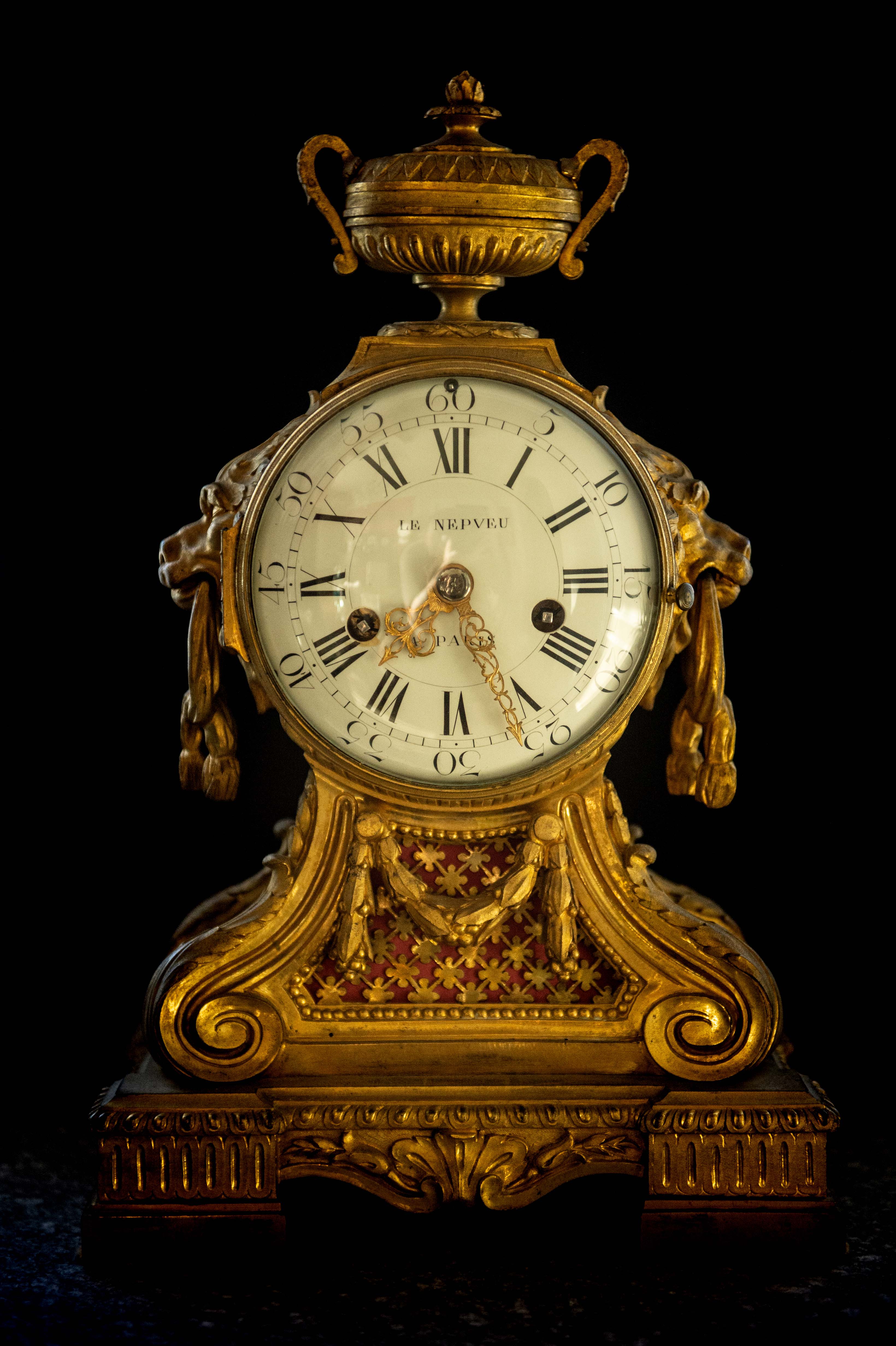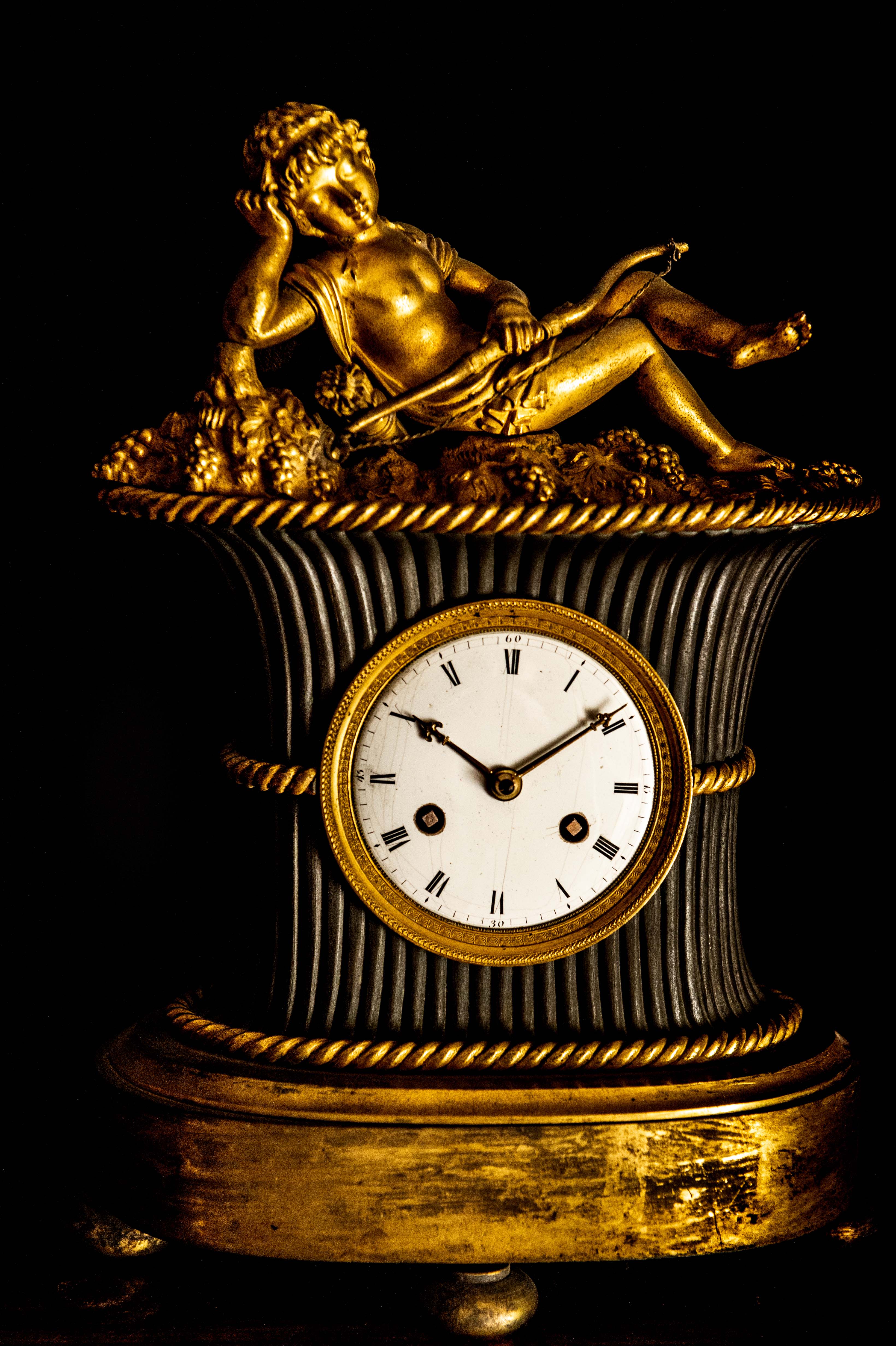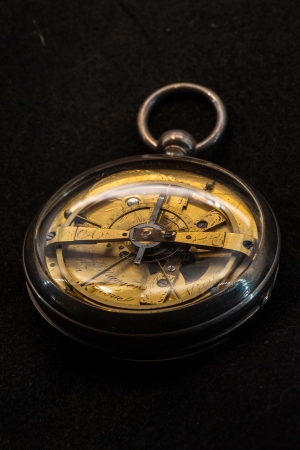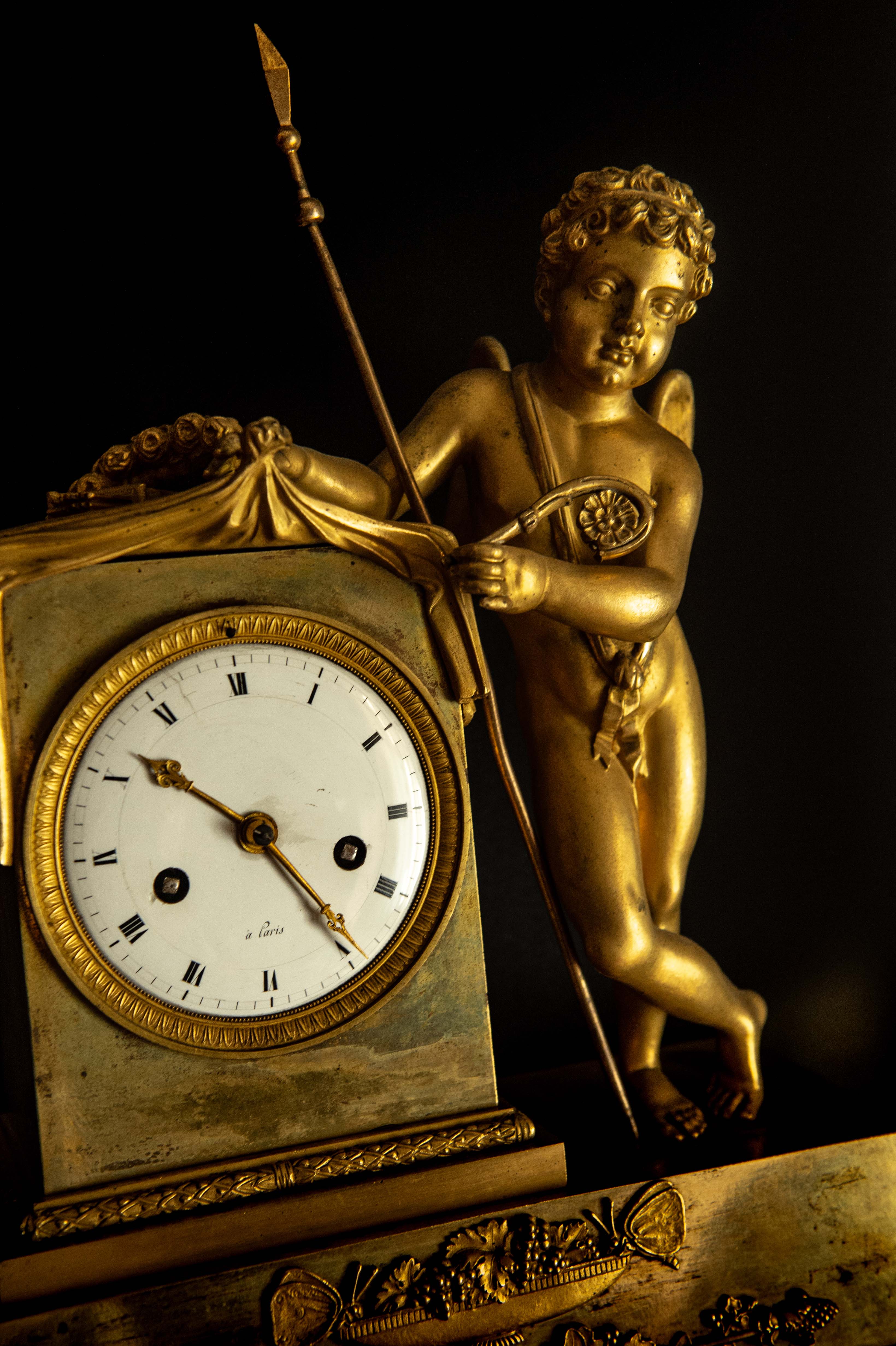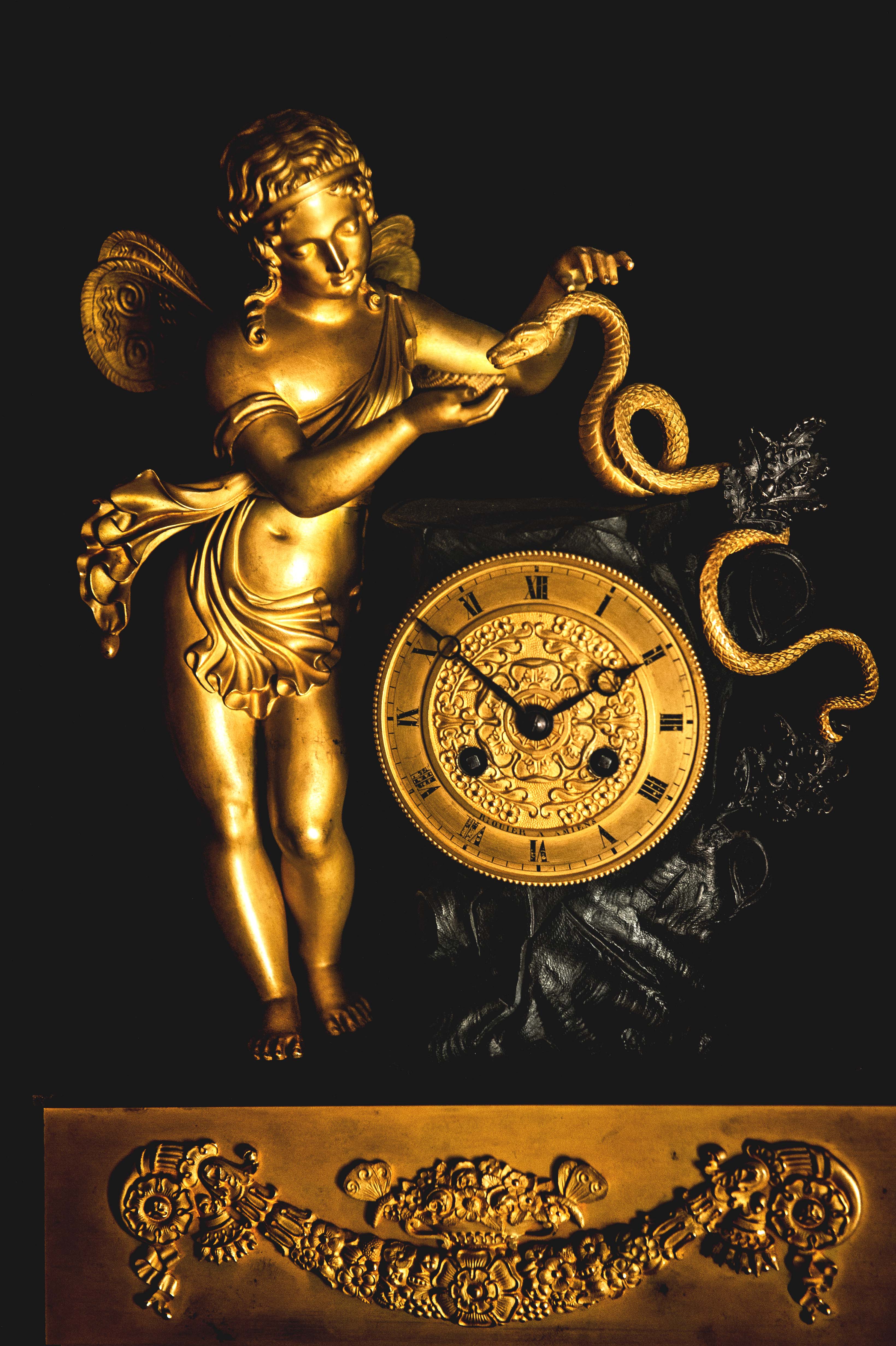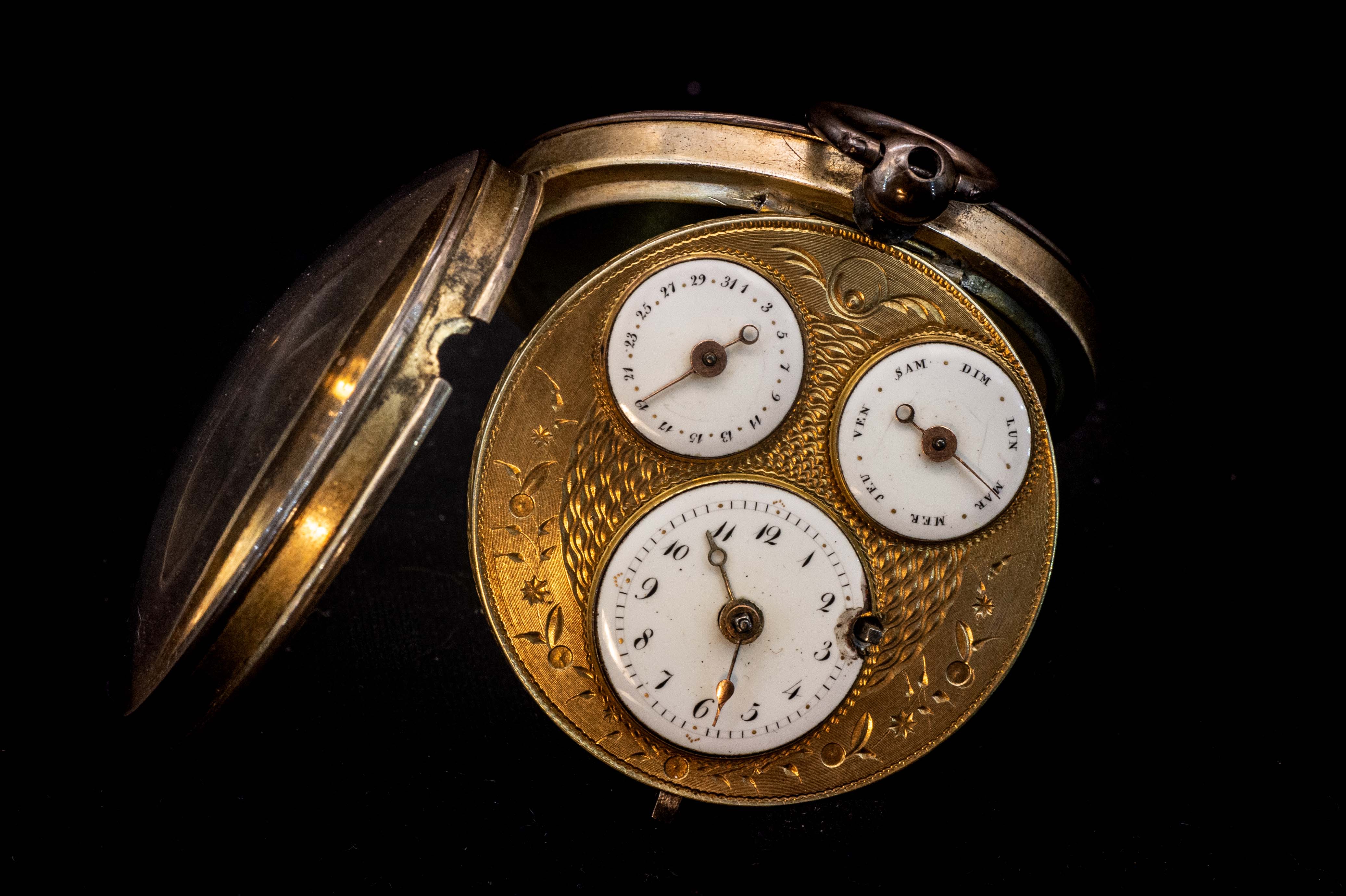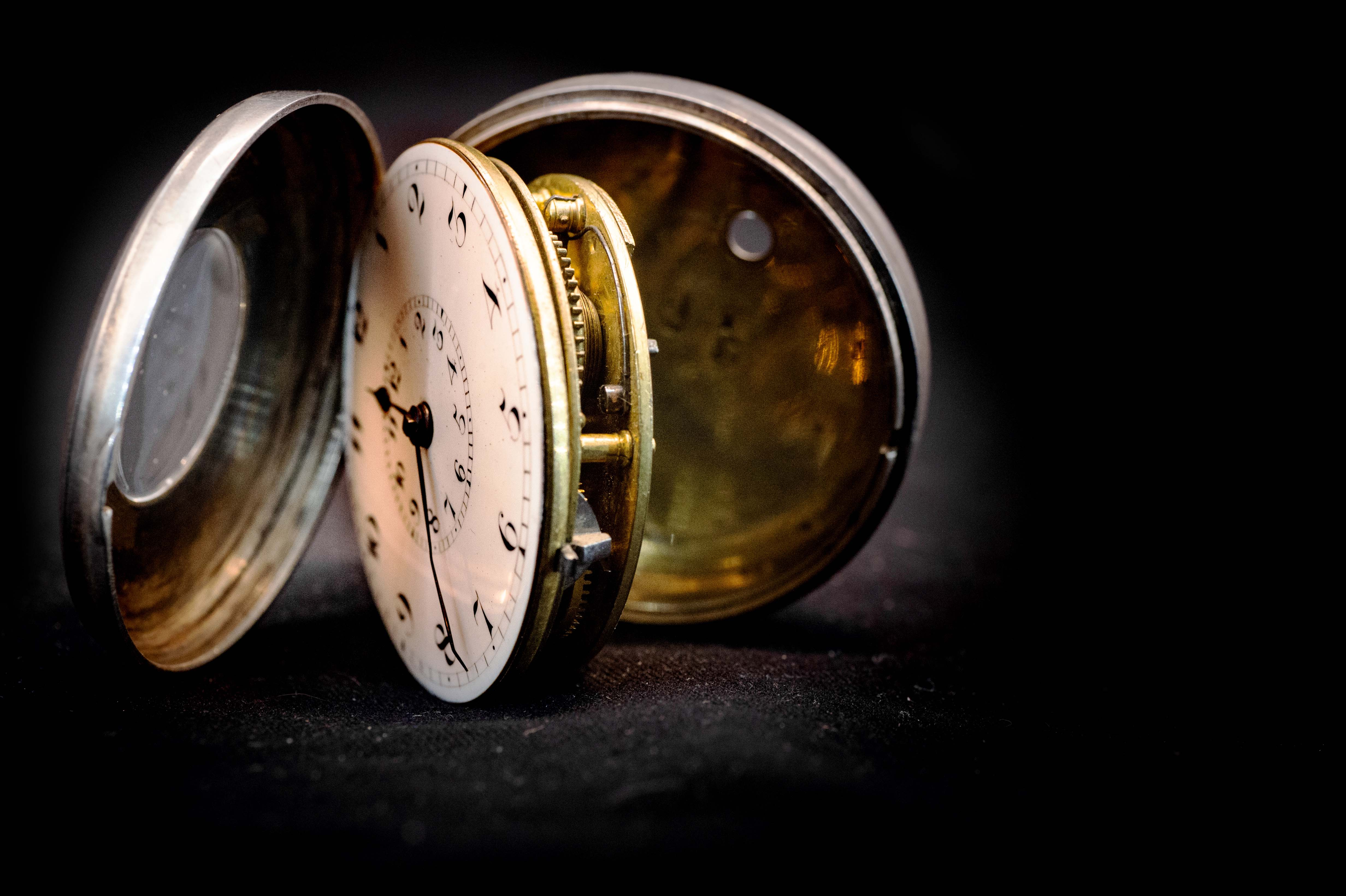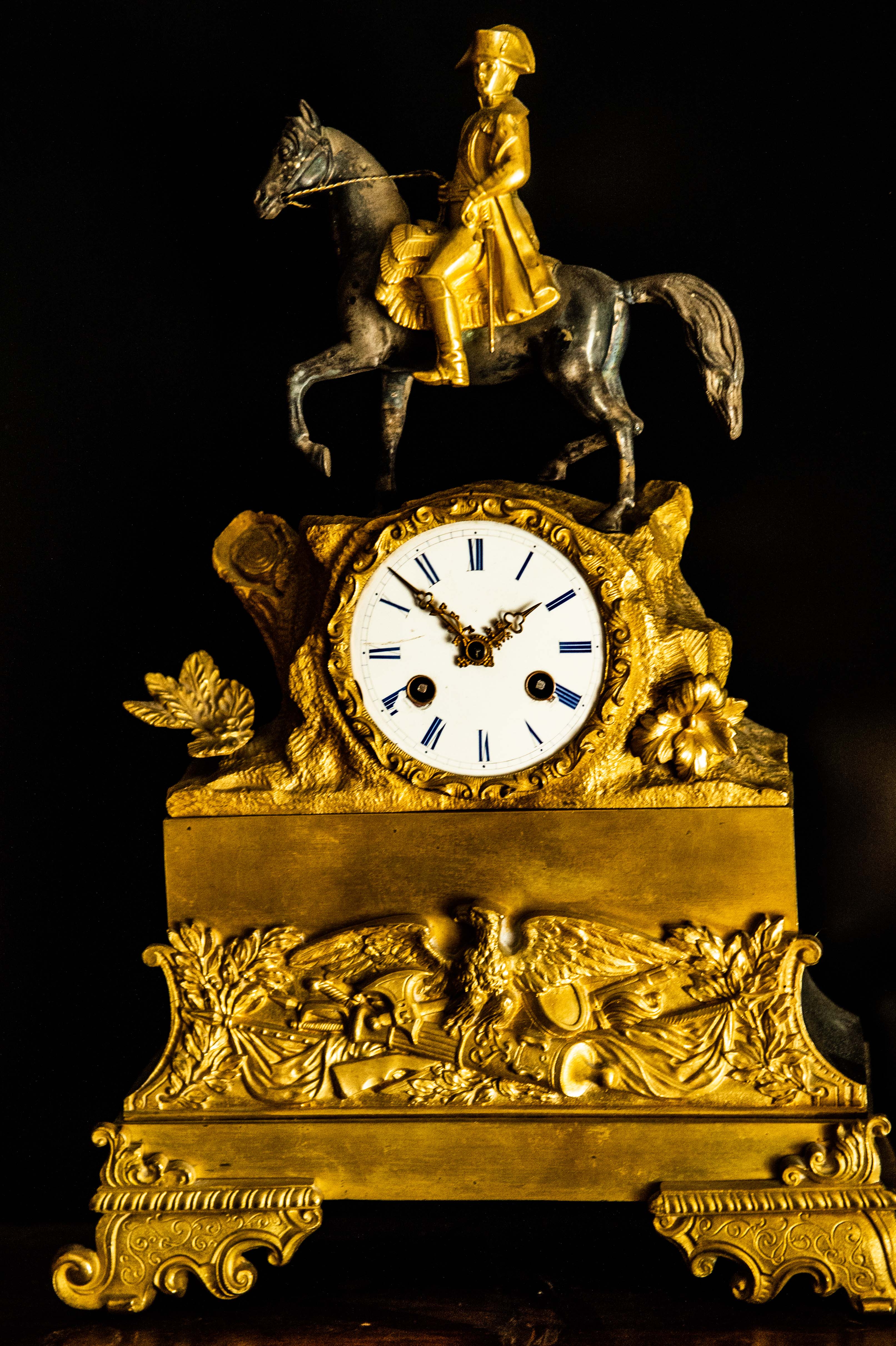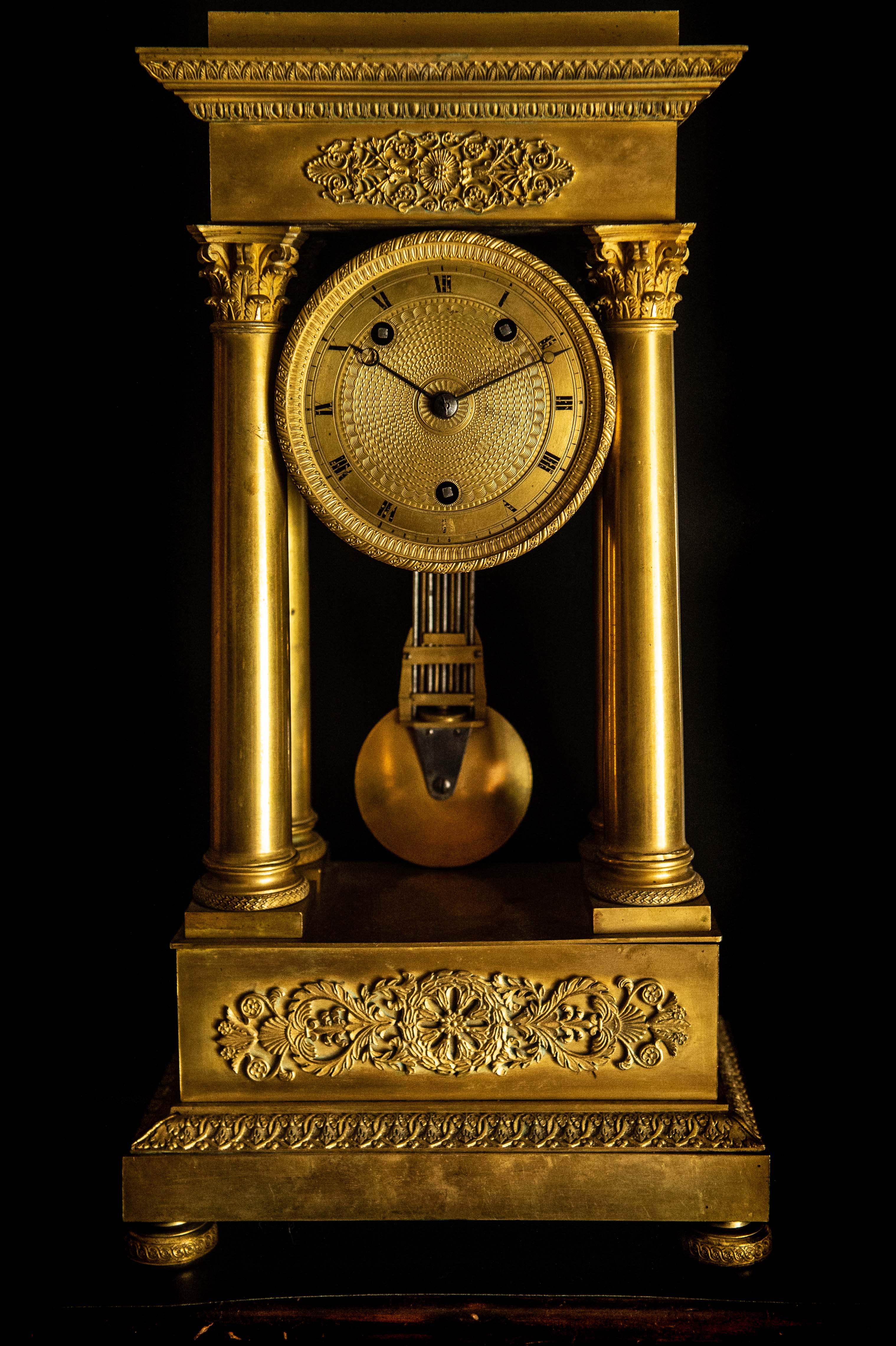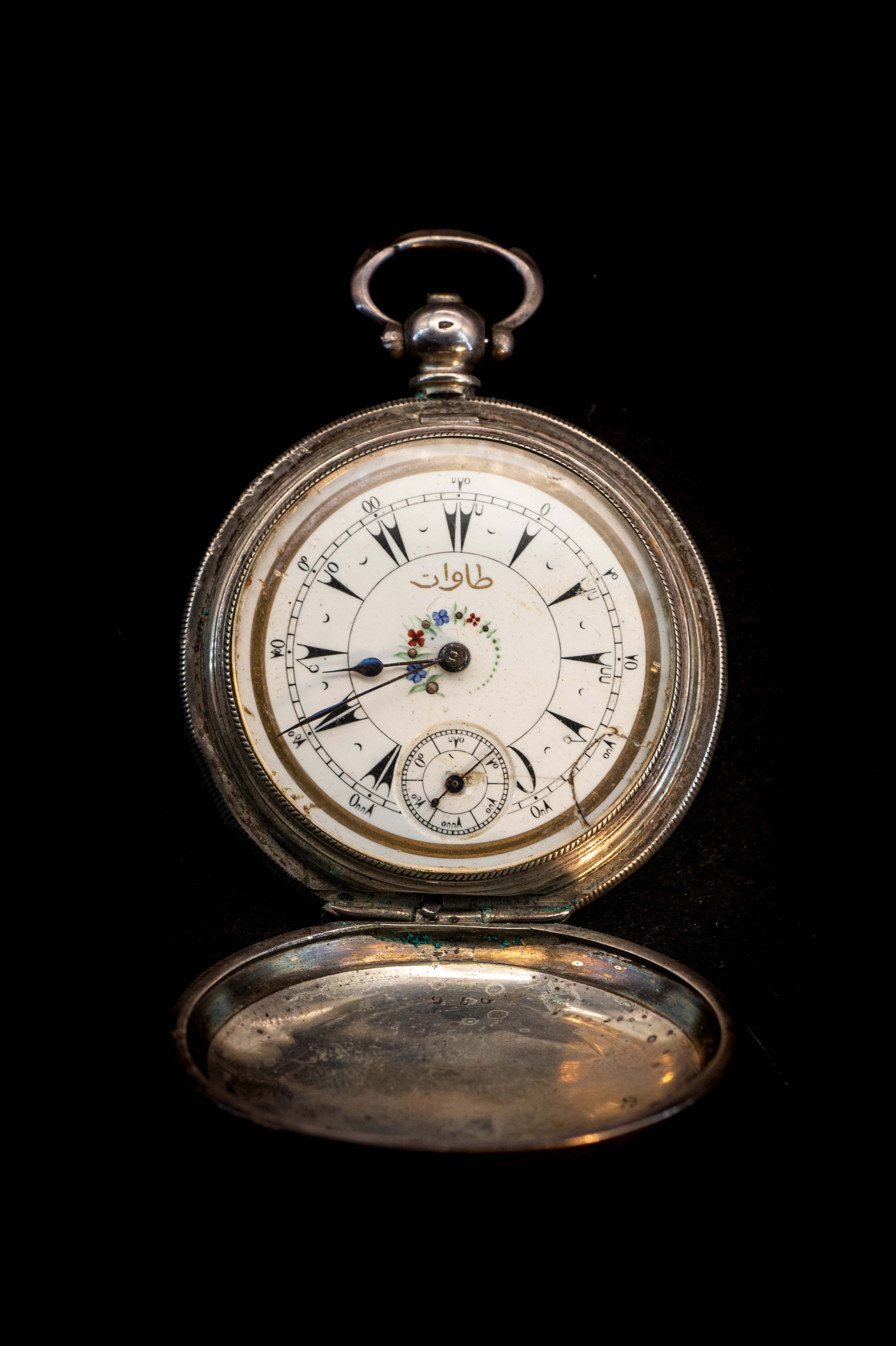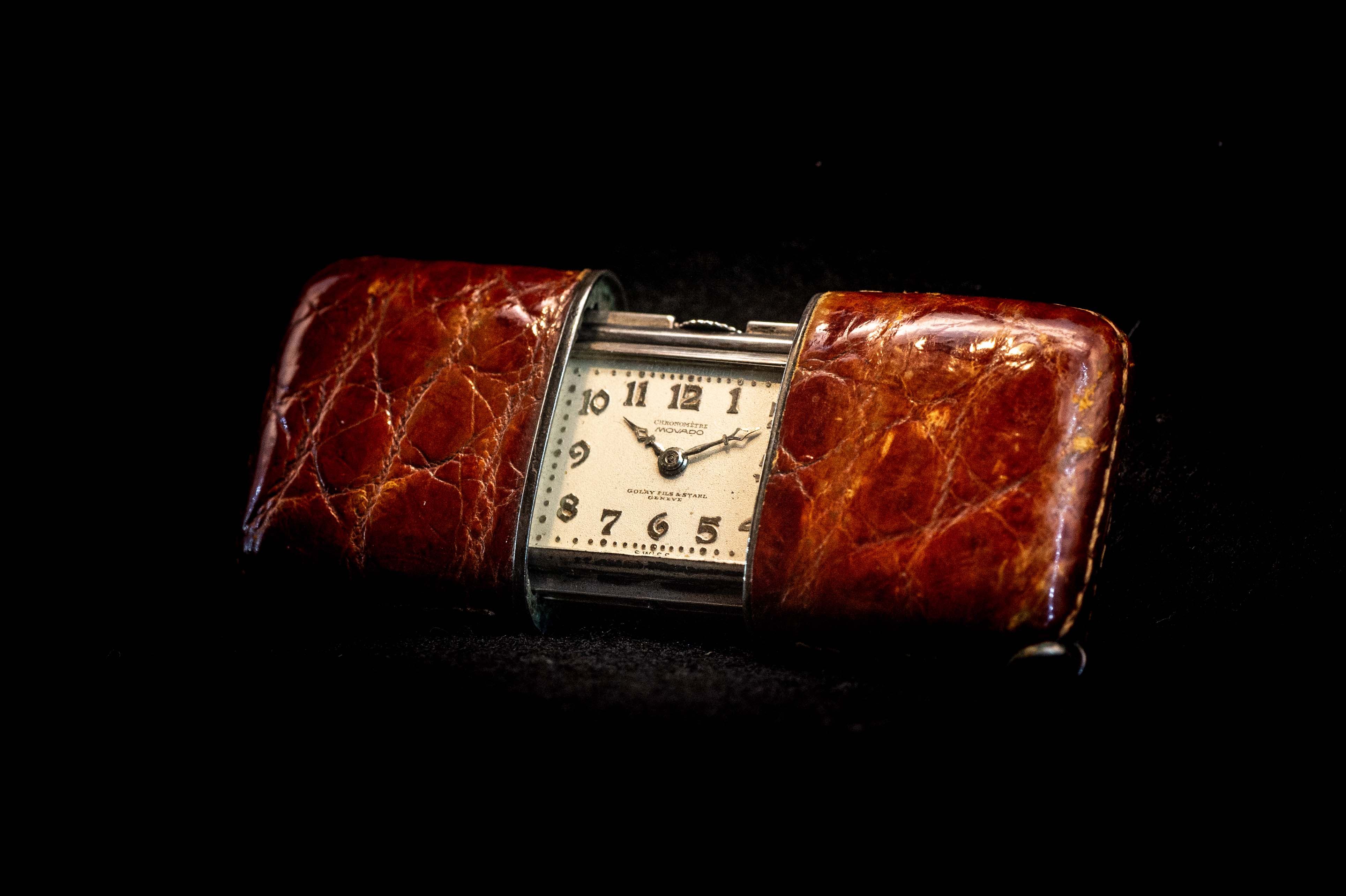Interview to Giacomo Cora
Director of the Museo dell’Orologeria Antica di Varallo
How did the idea of the MOA – Museo dell’Orologeria Antica di Varallo – come about?
The idea came from the need to establish a museum of large and small watchmaking in Italy, and at the same time to bring this extraordinary art closer to the general public. Together with Valentina Santini – and the collaboration of the municipality of Varallo, which provided us with a large exhibition space suitable to support the project – we thought of a museum as an opportunity to illustrate 500 years of watchmaking history, but also as a point of reference for the study of this important segment of science, art and technology, which was missing in Italy. With the MOA, therefore, we wanted to fill this absence, and bring to the public’s attention five centuries of history covering all types of watchmaking: from proto-watches, diptych watches, sundials, nocturnal, pocket, wrist and alarm clocks, right up to the great good giants of watchmaking – tower clocks – of which we preserve one model per century, from the 17th to the 20th century.
How was the MOA designed?
The Museum is managed by the Associazione Italiana Studiosi di Orologeria, which in conjunction with the MOA has designed the first online forum for scholars and watchmaking enthusiasts to meet and discuss. With the help of our experts, we delve into different topics, and give historical, scientific, and technical support to the themes that are brought to our attention. Also in the forum, we have created the first online watchmaking encyclopaedia, which is constantly being updated. We are in the process of digitising and have given a scientific order to all the technical and historical documentation available online, with archive images, planchets, reference texts and much more, so as to provide – together with the Museum – a well-rounded view of watchmaking.
Room by room, how is the Museum structured?
The first room is reserved for the watchmaker’s profession – how a gear is made and how watches are composed – as well as for instrumentation, with the tools and supplies needed to rebuild and repair a watch. This is followed by the room dedicated to proto-watchmakers with the oldest specimens dating back to the mid-seventeenth century. Next comes the room dedicated to the 18th century, the century of technological and aesthetic innovations in watchmaking. The 19th century with the splendour of gilded bronze, technical evolutions, the magnificence of the Empire up to the practicality of the industrial bourgeoisie at the end of the century. Finally, the 20th century, with electromechanical watches, Art Deco virtuosities and tiny wristwatch movements.
What are the most iconic pieces in the Museum’s collection?
We have very important watches, including a French coq pocket watch, with a bronze case and an enamel cartouche dial, dated between 1670 and 1690. As far as Italian clocks are concerned, there is a rare clock made for the Papal States, with a long case, six-hour dial and three-quarter chime from the mid-18th century, from a prestigious private collection. Also, among the pocket watches, a Patek Philippe Gondolo with its original set, signed Philippe, is on display. Among the wristwatches, we find one of the earliest examples of Rolex.
The pocket watch and wristwatch are a sensitive indicator to capture the evolution of taste through haute horlogerie, an example of balance between technical innovation and aesthetic beauty. Also, as an expert, who are the masters of antique and modern watchmaking in the Italian and international market?
The international market only wants important, rare objects, in an excellent state of preservation, and if possible equipped with their original set, which greatly increases their value. Today, as always, the most sought-after maisons are Rolex, Vacheron Constantin, Phatek Philippe, Cartier, Breguet and lately independent watchmakers. The icon of pocket watchmaking remains Patek Philippe with its complicated watches, perpetual calendars, chimes, and various technicalities; while for wristwatches, it is the multi-complicated watches that are currently most in demand on the market. Then there is a small, very luxury and very special sector, which is the watchmaking of the high epoch, i.e. from the mid-eighteenth century up to the Restoration and the First Empire, with objects that must have an exceptional state of preservation and characteristics. At the moment, watchmaking made for the Chinese market is also much sought after by collectors, so micro-pearls, enamels, miniatures on enamel, guilloché decorations, champlevé, taille d’épargne, chevron on gold. The Italian market is also on the upswing, with a growing interest in important pocket watches, which the great collectors are looking at today, and which as an expert I have helped to revive.

